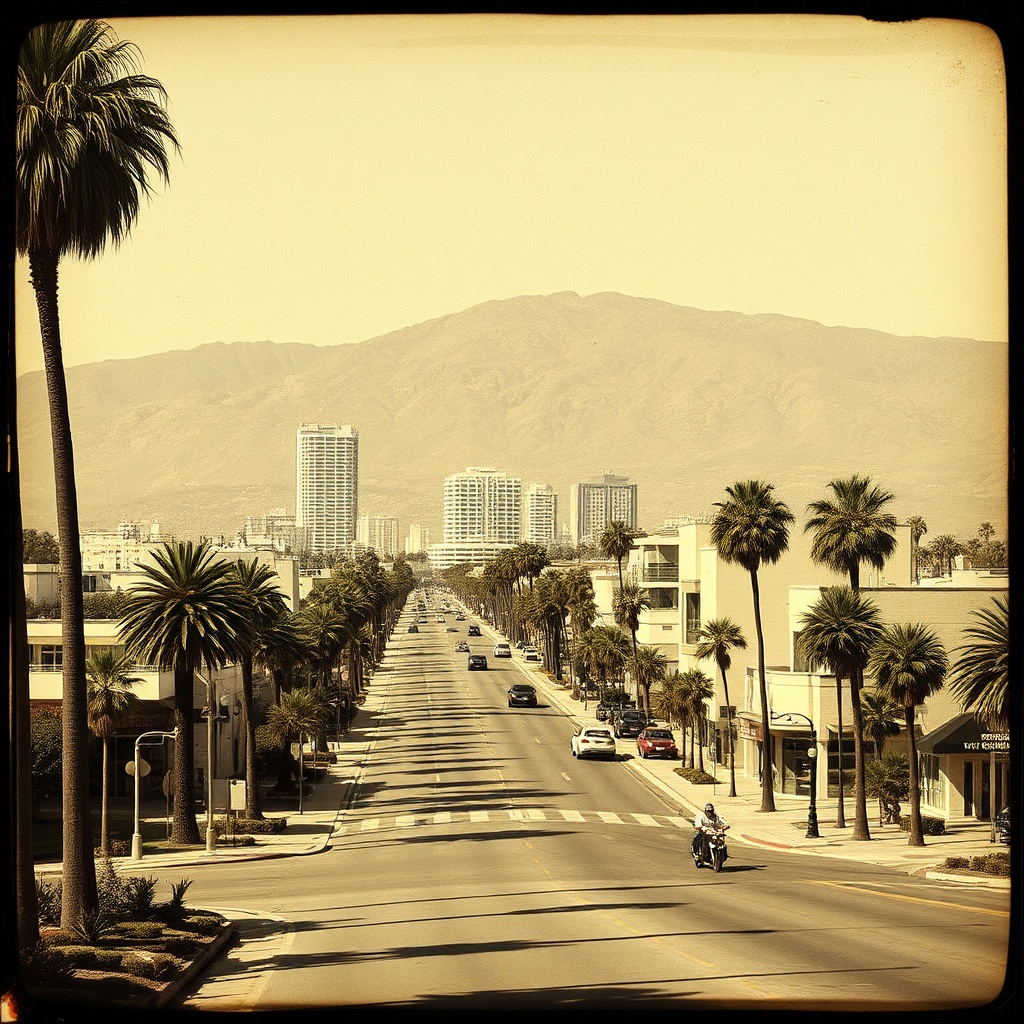Recommended: How to Commute in Los Angeles: A Practical Guide to Getting Around LA Efficiently
Los Angeles is a city of wide boulevards, sprawling neighborhoods, and options for getting around that range from subway cars to scooters. Navigating LA efficiently means matching your route and timing to the mode that fits your destination, budget, and tolerance for traffic. Here’s a practical guide to commuting like a local.
Plan first with the right apps
Start by checking real-time options on a transit app or map service that aggregates buses, rail, bike-share, rideshares, and scooters.

Official transit apps and multi-modal apps show arrivals, service alerts, and trip directions that combine walking with public transit.
Many riders use a stored-value transit card for buses and rail—topping up online or via mobile makes transfers smooth.
Public transit: Metro, buses, and commuter rail
LA’s rail and bus networks serve core corridors and denser neighborhoods. Subways and light-rail lines move faster through congested areas, while bus routes and smaller community shuttles fill in gaps.
Commuter rail connects outlying suburbs and beach cities to central hubs—great for avoiding highway congestion on longer commutes. Expect more frequent service on main corridors and reduced frequency on neighborhood routes, so check schedules for late evenings and weekends.
Driving: know the lanes and parking tricks
Driving remains practical for many trips, especially to places with limited transit access. Peak congestion happens during typical commute windows, so shifting travel times slightly earlier or later can cut minutes off your trip. Many drivers use carpool lanes when eligible; tolled express lanes offer more reliable travel when willingness to pay matches the budget.
Parking apps that show availability and let you pay remotely reduce time spent hunting for a spot—metered parking rules and neighborhood restrictions matter, so read signs carefully to avoid tickets.
Micromobility and biking
Micromobility options—shared e-scooters, dockless bikes, and bike-share systems—cover short trips and first/last-mile connections to transit. Protected bike lanes are expanding in many neighborhoods, making two-wheeled commuting safer. If planning to bike regularly, learn safe routes and consider a lightweight folding lock; reflective gear and a helmet improve safety after dark.
Rideshare and car-sharing
Rideshare services and short-term car-sharing add flexibility for off-peak travel or when public transit is inconvenient. For airport trips and late-night returns, rideshare can be faster door-to-door. Combining a short rideshare leg with a rail trip often saves time and money versus a single long rideshare.
Safety and comfort tips
– Keep a transit card or mobile payment ready to speed boarding.
– Pack a reusable water bottle and ear protection for noisy rush-hour cars.
– Charge phone and portable battery—apps and maps are essential.
– Stay aware of service alerts and temporary detours affecting your route.
Neighborhood strategies
Each LA neighborhood has its own transit character.
Dense areas near downtown, the beach cities, and major employment corridors typically have stronger transit options. For residential neighborhoods, local shuttles and community buses often connect to main lines—check those connections to avoid long walks.
Action checklist before you leave
– Check a trip planner for multi-modal options.
– Confirm parking rules or pre-book a space if driving.
– Top up transit card or preload app payment.
– Consider a bike or scooter for the last mile.
With a little planning and the right mix of modes, getting around Los Angeles can be faster, cheaper, and less stressful. Adjust routes based on service alerts and local conditions, and the city becomes far more navigable than it appears from the freeway.